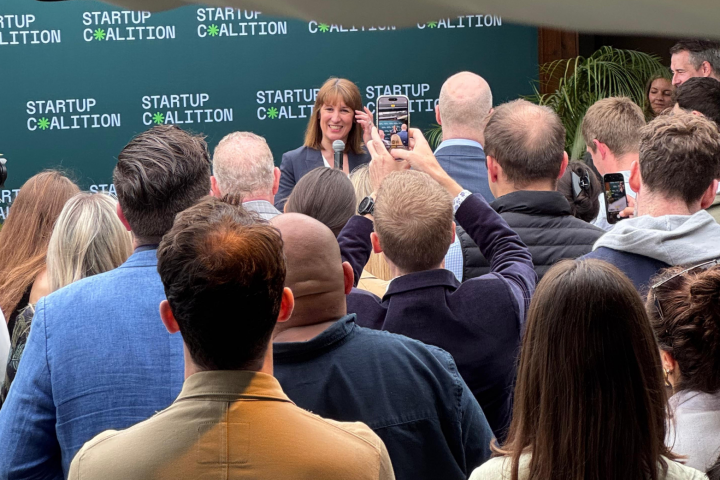The UK’s latest space-safety update, released on 14 November by the National Space Operations Centre (NSpOC) alongside the Ministry of Defence, the Met Office, and the UK Space Agency, paints a picture of an orbit that is becoming more crowded, more active, and, at times, more unpredictable.
While officials emphasise that overall risk levels remain below the 12-month average, the October numbers show clear upward pressure on several key indicators that governments and satellite operators monitor closely.
One of the clearest signs of strain came from a 15% rise in objects re-entering Earth’s atmosphere compared with September. October saw 54 re-entries, mostly satellites, with two rocket bodies among them.
Re-entries themselves aren’t unusual. Old satellites, defunct hardware, and leftover components routinely fall back toward Earth as their orbits decay. But changes in frequency matter.
A steady climb in re-entry events can reflect the consequences of an increasingly saturated Low Earth Orbit (LEO), where thousands of satellites now operate and where collisions or fragmentation events in past years have created additional debris.
Looking at the longer trend helps explain why the rise prompts attention. Monthly re-entry numbers have swung dramatically: as low as 34 in August and as high as 129 in February. October’s figure falls in the middle of that range, but the month-to-month uptick signals a pace that agencies cannot afford to ignore.
More worrying was the spike in collision warnings involving UK-licensed satellites. October recorded 2,398 collision alerts, a 56% increase from September’s 1,537.
Collision alerts are issued when two objects, be they operational satellites, derelict spacecraft, or debris fragments, are predicted to pass dangerously close to one another. Each alert requires analysis, and many demand manoeuvres that consume fuel and shorten a satellite’s lifespan.
After a quieter summer, when alerts fell below 1,000 in August, the October surge returns activity to levels not seen since the previous winter. While this doesn’t automatically imply greater danger, operators have become more adept at preventative action, it suggests that congestion in key orbital bands continues to push the limits of global space-traffic management.
Against this backdrop, the number of Resident Space Objects (RSOs) in orbit continued its steady rise. October added a net 160 new objects, bringing the US Satellite Catalogue total to 31,676. That figure has increased every month this year, up from 29,883 last November.
Not every object is large or active; some are tiny fragments left over from decades of launches. But each one matters. Even a bolt-sized piece of debris can cause catastrophic damage at orbital speeds.
The report notes that the RSO count may shift as tracking improves, reflecting the challenges of cataloguing tens of thousands of fast-moving objects that vary in size, shape, reflectivity, and orbit.
A rare bit of good news: no fragmentation events
Fragmentation events, when satellites or rocket bodies break apart, are one of the most dangerous sources of orbital debris. A single breakup can generate thousands of long-lasting fragments. October brought relief on this front: no new fragmentation incidents were reported.
As if congestion weren’t enough, October also brought slightly elevated space-weather activity, with geomagnetic storms occurring throughout the month. These storms, driven by solar activity, can disrupt communications, affect satellite electronics, and interfere with navigation systems on Earth.
The combination of space weather and orbital congestion raises the stakes. When solar storms hit, satellites may lose the precision needed to perform delicate avoidance manoeuvres, just when debris movement becomes more unpredictable due to atmospheric changes caused by increased solar energy.
The numbers in the report are more than a technical update. They form part of a wider picture of a space environment under mounting pressure.
The rapid expansion of commercial satellite constellations, the long lifespan of debris already in orbit, and a global system that still lacks fully coordinated traffic rules all contribute to a more complex and risk-prone orbital ecosystem.
Scientists and policymakers have repeatedly warned that without improved debris-removal strategies and clearer international governance, congestion could eventually limit access to key orbital bands.
Even though October’s risk level stayed below the long-term average, the upward movement in several indicators suggests the margin for error is narrowing.











